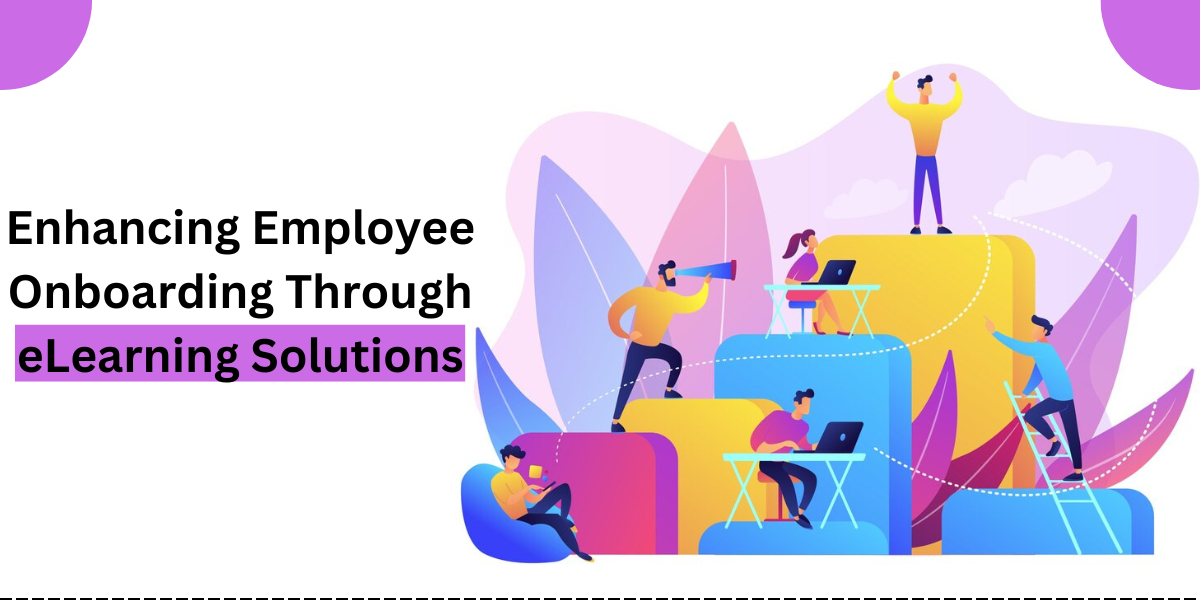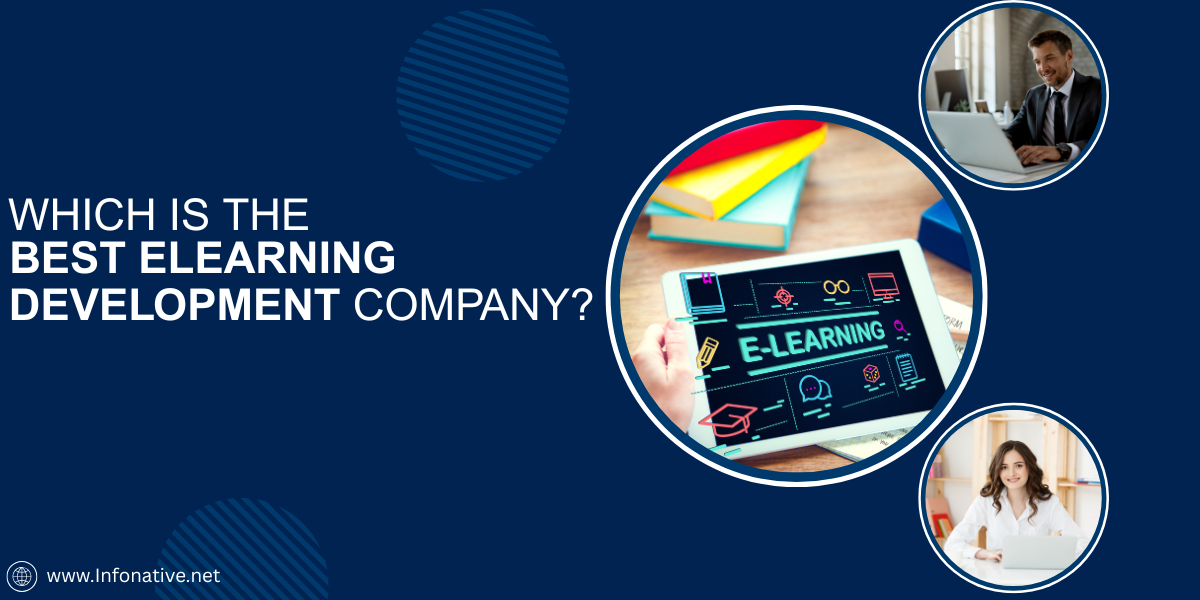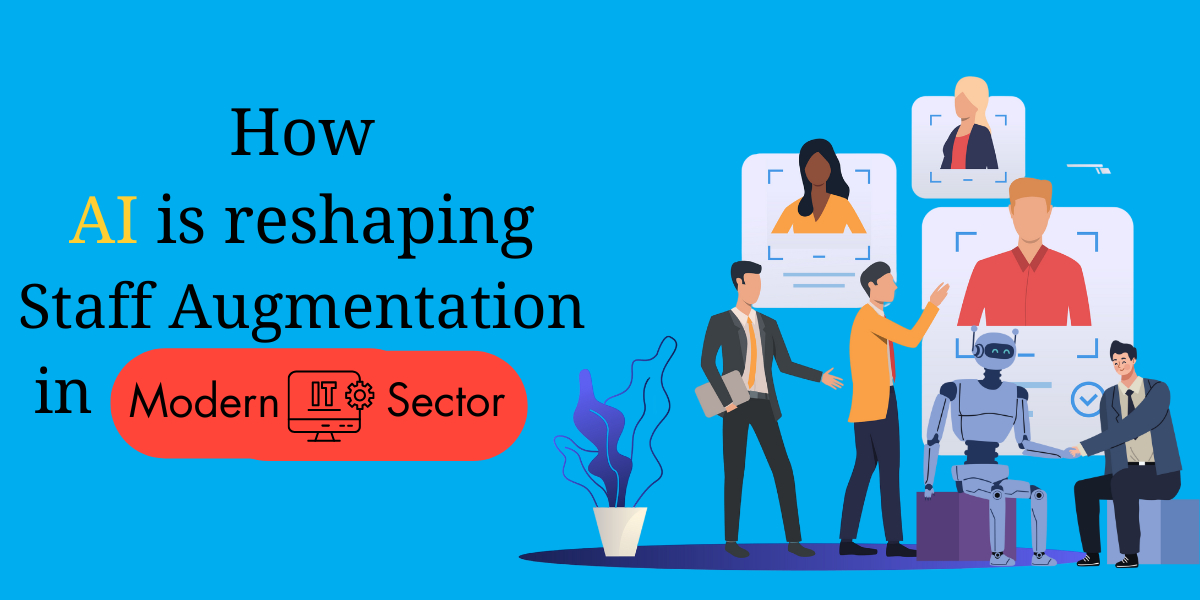In today's dynamic business environment, organizations are constantly seeking efficient ways to streamline processes and enhance productivity. One key area that has evolved significantly is employee onboarding, with eLearning emerging as a transformative solution. Traditional onboarding programs often face challenges such as inconsistent delivery, high costs, and limited scalability. These issues can lead to new hires feeling overwhelmed or underprepared, ultimately affecting their productivity and engagement. By integrating eLearning into the onboarding process, companies can overcome these barriers while providing a more engaging, flexible, and accessible experience for their new employees.
Use Case
One of the primary advantages of eLearning in onboarding is the ability to ensure consistency across the organization. With traditional in-person onboarding sessions, there is often variation in how different managers or trainers present information, which can lead to inconsistencies in how new employees receive critical knowledge about company policies, culture, and job responsibilities. eLearning modules, on the other hand, offer a standardized curriculum that guarantees every employee, regardless of their location or department, receives the same high-quality training.
Modern eLearning solutions offer unmatched flexibility, allowing new hires to complete their onboarding training at their own pace. This is especially beneficial for employees who may be joining from different time zones or have other commitments that make it difficult to attend scheduled in-person sessions. With eLearning, employees can access training materials anytime and anywhere, whether they're in the office or working remotely. This flexibility not only empowers new employees to take control of their learning experience but also reduces the pressure to absorb a large amount of information in a short period. Moreover, companies can create a more inclusive onboarding experience by providing content in various formats, such as videos, interactive quizzes, and downloadable resources, ensuring that employees with different learning styles can engage with the material effectively.
Traditional onboarding programs often require significant resources, including the time of HR staff, physical materials, and venue arrangements for in-person sessions. These costs can accumulate, particularly in larger organizations or those experiencing high employee turnover. eLearning reduces many of these expenses by digitizing the onboarding process, eliminating the need for printed materials and reducing the reliance on dedicated HR personnel to conduct training sessions. Once the eLearning modules are developed, they can be reused and updated as needed, providing a long-term cost-saving solution.
Effective onboarding is not just about disseminating information—it’s about engaging new hires and helping them feel connected to the company from day one. eLearning offers numerous tools to create a more interactive and engaging onboarding experience compared to traditional methods. Gamified learning elements, such as quizzes, badges, and leaderboards, can motivate employees to complete their training while also reinforcing key concepts. Interactive scenarios and simulations can help new employees apply their knowledge in a safe, virtual environment before encountering real-world situations. This not only makes the onboarding process more enjoyable but also improves the retention of knowledge.
Another significant advantage of eLearning is the ability to personalize the onboarding experience. Different roles within a company require different sets of knowledge and skills, and eLearning allows organizations to tailor their onboarding modules accordingly. For example, while all employees may need to complete general modules on company policies and culture, specific training can be customized for different departments or roles. This personalized approach ensures that new hires receive the most relevant information for their positions, which can accelerate their integration into the company.
One of the limitations of traditional onboarding is the difficulty in measuring its effectiveness. With eLearning, organizations can leverage analytics to track employee progress, completion rates, and quiz scores, providing valuable insights into the success of the onboarding program. These data points can help HR teams identify trends and areas where the onboarding process may need improvement. For example, if a large number of employees are struggling with a particular module, it may indicate that the content needs to be clarified or presented differently.
Fostering a Learning Culture
Implementing eLearning for onboarding not only enhances the initial training process but also lays the foundation for a broader learning culture within the organization. When new hires experience a well-structured, engaging, and flexible onboarding process, it sets the tone for ongoing professional development. eLearning platforms can be integrated with other training programs, allowing employees to continue learning throughout their careers. This culture of continuous improvement can boost employee morale, foster a sense of belonging, and ultimately contribute to higher retention rates.
Conclusion
Incorporating eLearning into the employee onboarding process offers a range of benefits that go beyond the initial training period. By providing a consistent, flexible, cost-effective, and engaging learning experience, eLearning helps new hires transition smoothly into their roles while fostering a culture of continuous development. As businesses continue to adapt to remote and hybrid work environments, eLearning solutions will play an increasingly important role in ensuring that employees are well-prepared, motivated, and aligned with company values from the very start of their journey.




